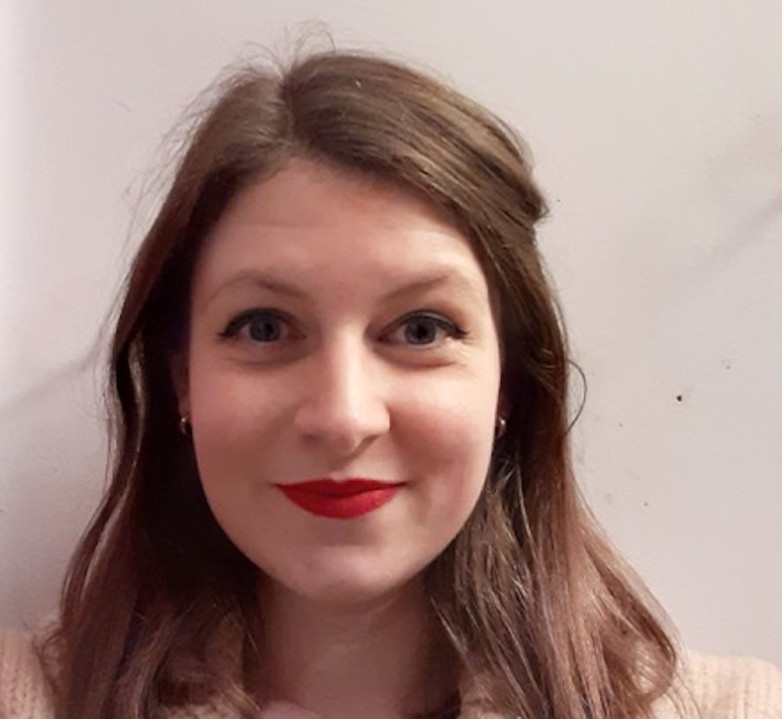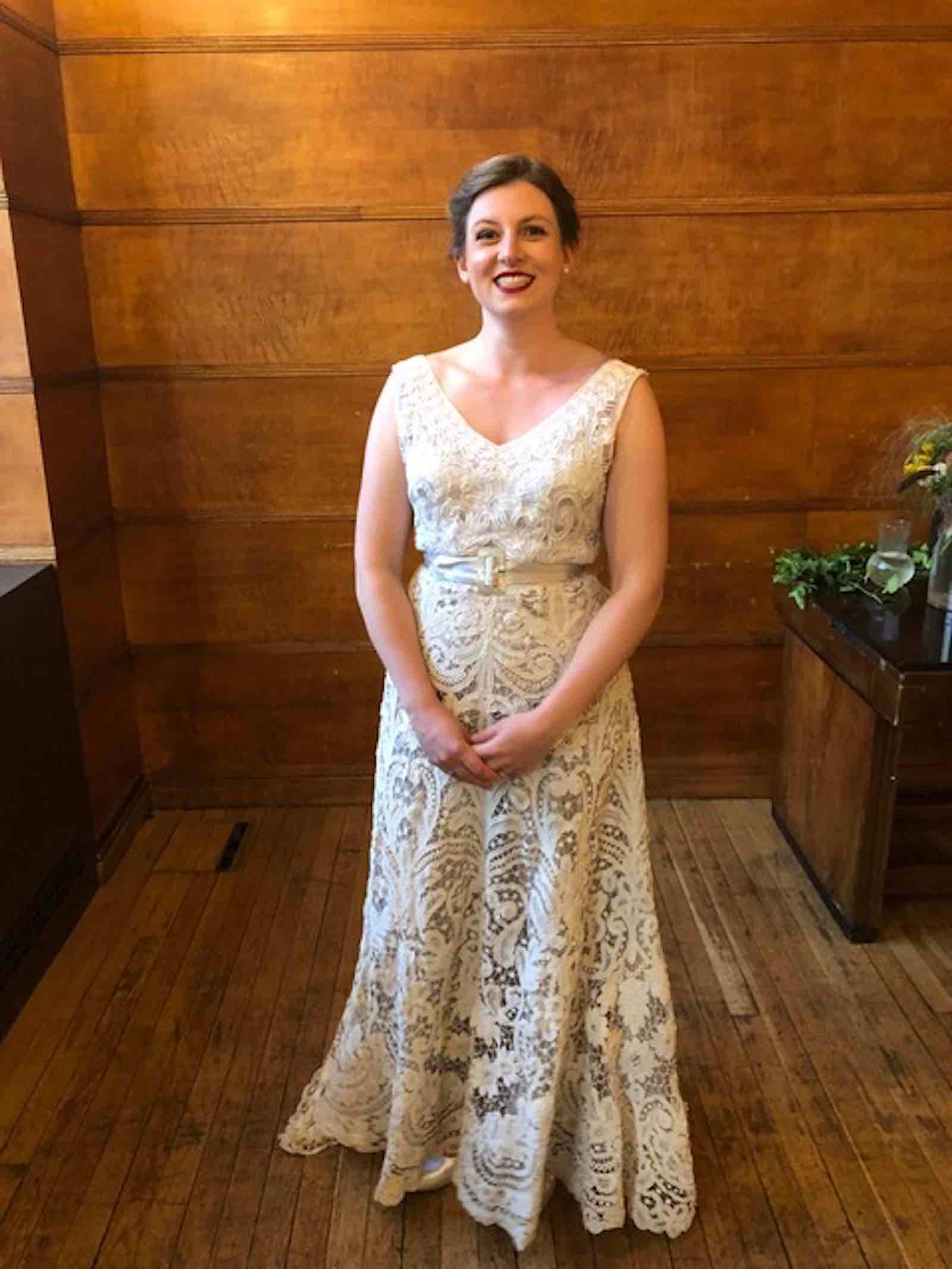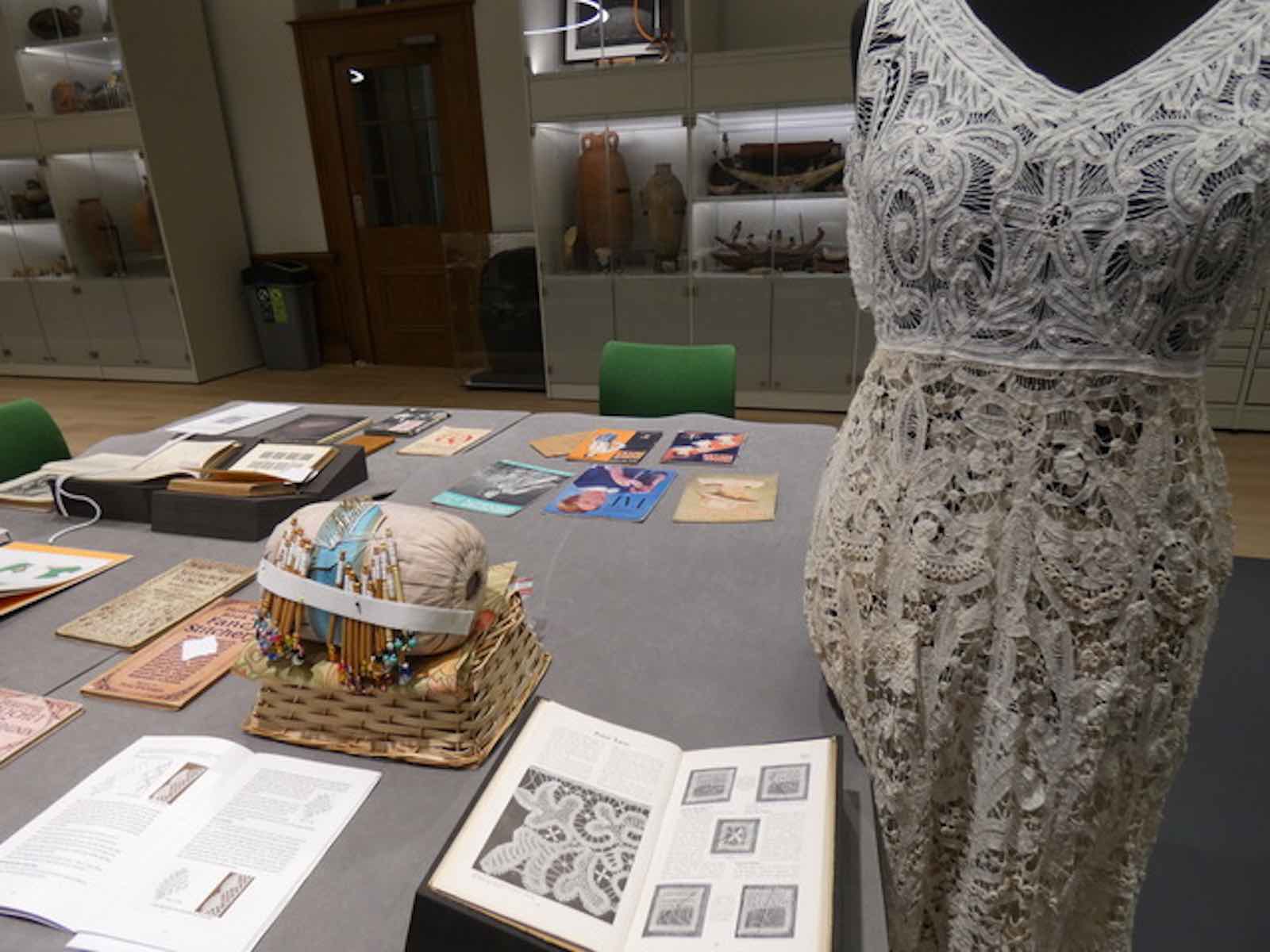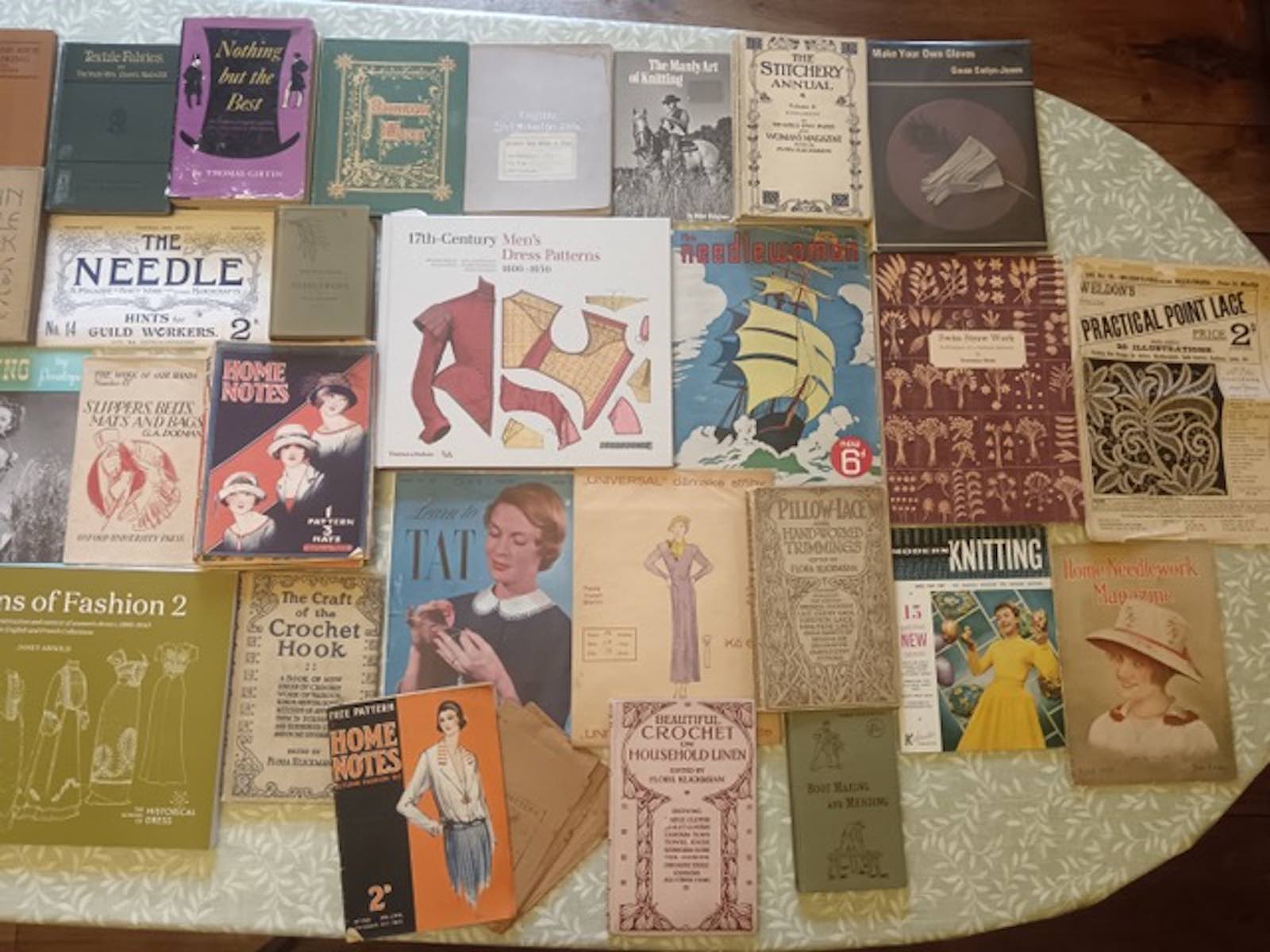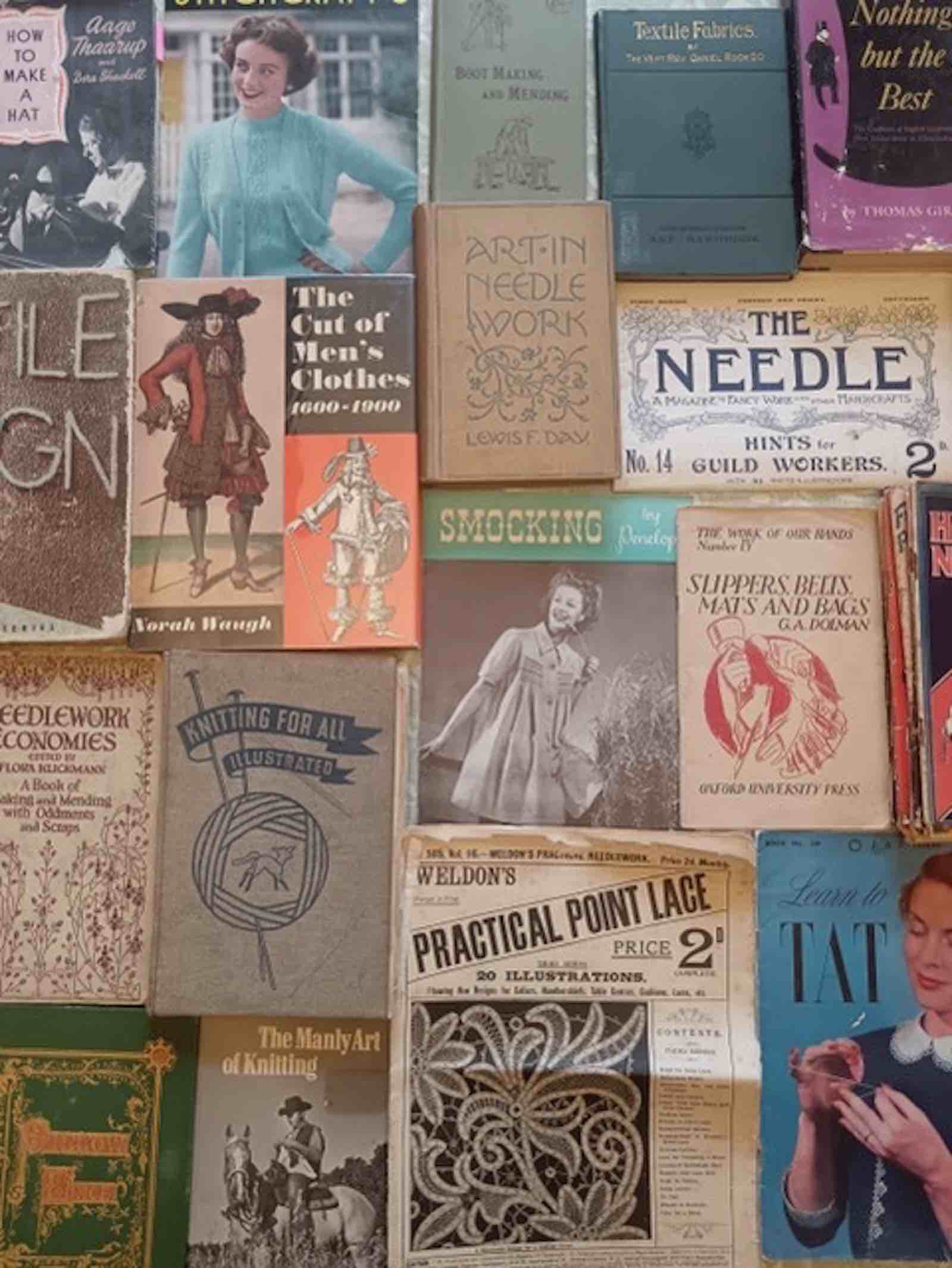Best bargain you’ve found?
I do have a total soft spot for sampler books, which I have two of in my collection now. These are notebooks that girls and women used when learning needle arts, like plain sewing, mending and embroidery, and they are often full of little sew samples pinned in with the notes. I made something similar when I was learning to sew at school, and I love seeing how other women learned and how skilled (or in some cases not) they were.
I’m lucky that most of what I collect isn’t seen as financially valuable, unless you want to buy pattern books from the 18th century and earlier. I’ve picked up quite a few things for a few pounds or dollars, but a large portion of my collection has actually been given to me. Because what I collect was so common in the 20th century, almost every woman knew how to, say, sew and knit, there’s a lot of it around that people don’t know what to do with today. People give me things that belonged to their mother or grandmother, as they have this sense that these materials are too important to throw away, but they don’t know what to do with them, or that they have fond memories of their family member using them and they want them to go to someone who appreciates them. I think my collection is a bit repository for memory and emotion in that respect, which you see through marginalia or the stories that come along with each gifted book or pamphlet.
How about The One that Got Away?
I recently saw a 12 volume series about making textiles from the early 1970s in a charity shop. I used to look at the same books in the library when I was a kid and really loved them, so they would have been a nice addition to my collection. But it was at the end of a holiday so I decided to be financially sensible and not buy them, but I’m still kicking myself! They are tough to find in the UK, which I didn’t realise, so it was a big opportunity missed.
What would be the Holy Grail for your collection?
I don’t really have a Holy Grail per se, but I do love manuscript material. The two sampler books I have are really special to me, and I would love to continue to collect those.
Who is your favorite bookseller / bookstore?
My dad is actually a bookseller, so he will always be my favourite! But Debbie from Love Rare Books in St Leonard’s On Sea has found me some really amazing things before, including a rare 1940s tailoring manual in pristine condition with the most amazing illustrations.
What would you collect if you didn’t collect books?
I actually collect vintage clothes as well. My dad would bring home vintage hats, old fur coats and costume jewellery from estate sales for my dress up trunk when I was little, which led me to start buying and wearing vintage as a teenager. I suppose those beautiful garments are really what inspired my love of books on how they were made today!

